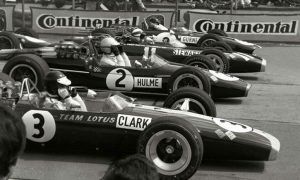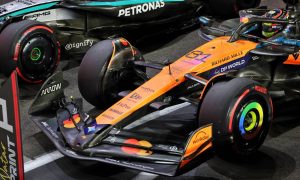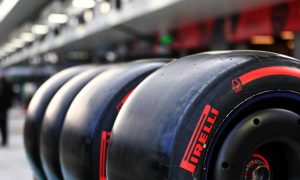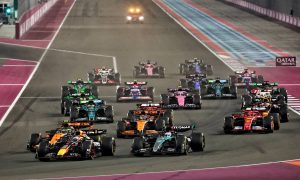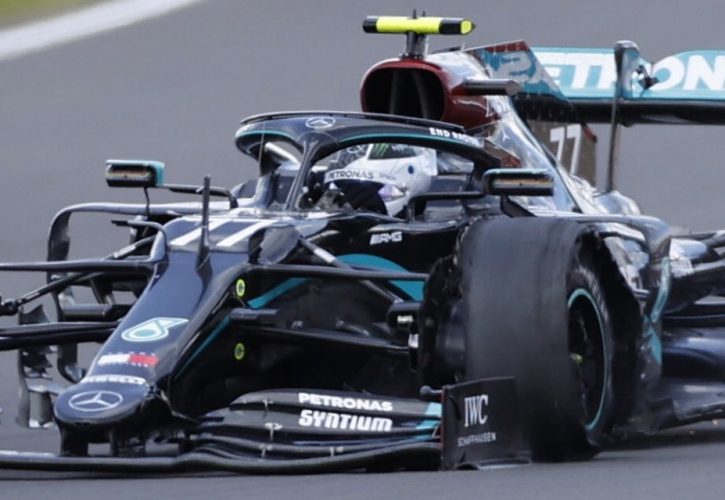
Pirelli F1 boss Mario Isola has alleviated fears linked to using a softer selection of compounds for Silverstone's second race after last weekend's tyre dramas.
Pirelli's analysis of the failures that befell Valtteri Bottas, Lewis Hamilton and Carlos Sainz concluded that excessive wear due to unexpectedly long stints had contributed to the successive ruptures in the closing stages of the British Grand Prix.
Speculation was rife in the paddock on Sunday evening that Pirelli would need to call into question its tyre selection for this week's 70th Anniversary Grand Prix at the Northamptonshire track.
To add a variable for Silverstone's second race, F1's tyre supplier had nominated a softer selection, relying on the C2, C3 and C4 rubber and therefore dismissing the C1 hard tyre that failed last weekend.
Isola explained why that initial plan will go ahead as scheduled.
"The investigation says that the cause of the initial loss of pressure and then the deflation was the level of stress on the tyre, on the construction of the tyre," he said. "And for that reason the action we are taking for the next race is to increase the pressure, because obviously it is the pressure that is helping the construction.
"And we keep the same compounds, C2, C3 and C4, that have been already decided a few weeks ago. The tread compound is not affecting in any way what happened on the tyres.
"I don’t want to use the words ‘perfect storm’, because I don’t like it, but the fact that the safety car was out on lap 12, obviously was pushing everybody to change on lap 12. In a normal situation, a normal strategy was to change for cars that were targeting a one stop strategy at lap 18-20.
"Consider also that when you follow a safety car the pressure is going down, and then obviously at the restart of the safety car, there is a period in which the pressure grows.

"At the restart of the safety car you have a very quick corner, with a lot of energy that is going into the tyre.
"We usually consider that in our estimation, when we give the prescriptions, we consider all that. And it was confirmed from telemetry data that the level of energy was very, very high.
"So the safety car plus the long stint plus the fact that the construction with less tread is less protected caused an initial loss of pressure, and the loss of pressure leads to a deflation.
"If you look at the tyres they had both sidewalls still in place in the right position, and the tread ring was broken, that is the typical situation when you run the tyre flat."
Isola underscored the fact that using softer tyres next weekend will logically force teams to plan shorter stints.
"I believe that because we are going with one step softer compounds the length of the stint will be shorter by definition because the compounds are softer," he explained.
"Consider that the medium compound that will be the hard for this weekend, the only one that was running 36 laps was Grosjean, and the tyres were completely finished. So I struggle to believe that they can run more than 30-something laps next weekend."
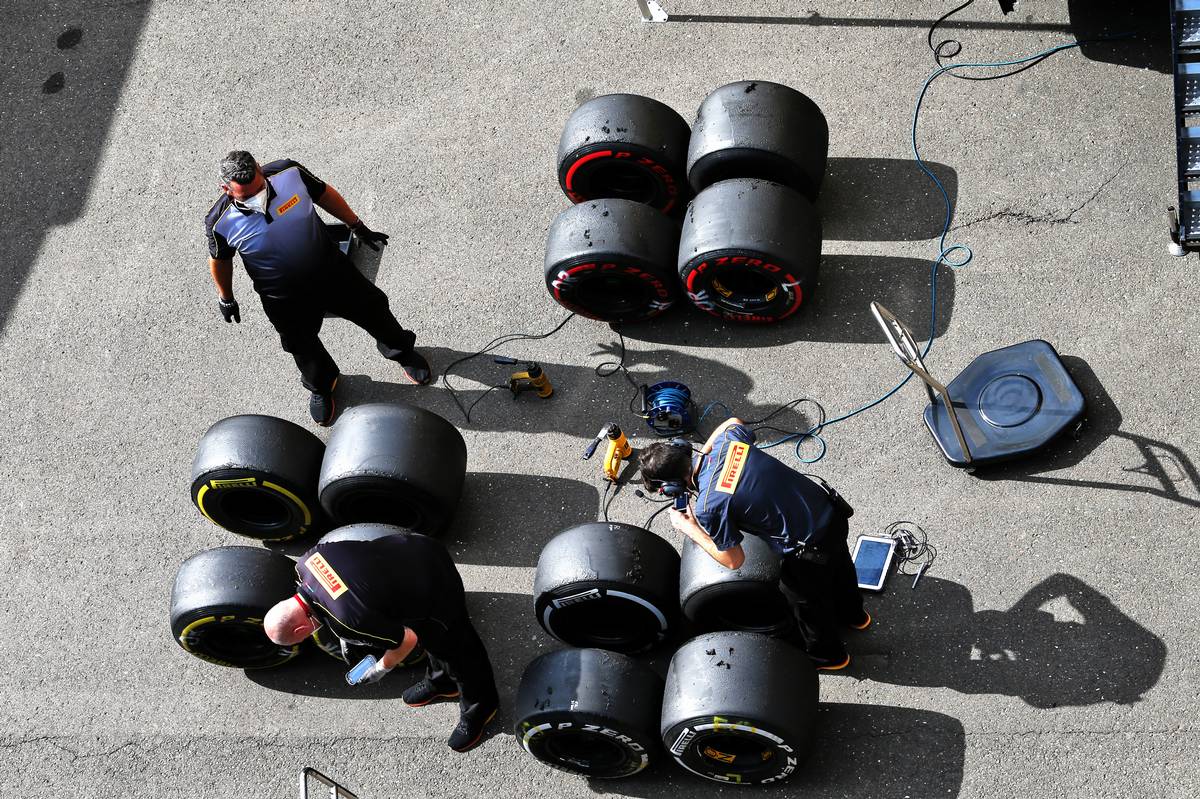
Isola revealed that a large number of cuts were identified on tyres from several teams, which the Italian engineer linked to debris originating from Kimi Raikkonen's front wing.
"It is true that we recorded a high number of cuts, in some cases they were superficial, in some cases they were quite deep," he said; "
"The high number of cuts was recorded especially on the tyres from the second stint. I believe that the pieces of the front wing lost by Kimi Raikkonen was the main cause of the cuts on the tyres.
"We had one tyre, if I remember well it was the front left from [Nicholas] Latifi, with a puncture. The tyre was still losing air when he was coming back to parc ferme.
"I confirm that there was debris on track, I confirm we found some cuts. Also from the tyres used in the first stint, probably from the accident of Kvyat. But I think we came to the conclusion that the cuts were not responsible for what happened to the tyres of Mercedes and Carlos Sainz.
"It is clear with a high level of wear most of the tyres were close to 100% wear, without rubber on the tread, that is exposing the construction, the construction is less protected, and any impact on the construction has a different effect.
"And also any piece of debris is more dangerous, because it can cut the construction, and therefore cause a failure."
Gallery: The beautiful wives and girlfriends of F1 drivers
Keep up to date with all the F1 news via Facebook and Twitter




